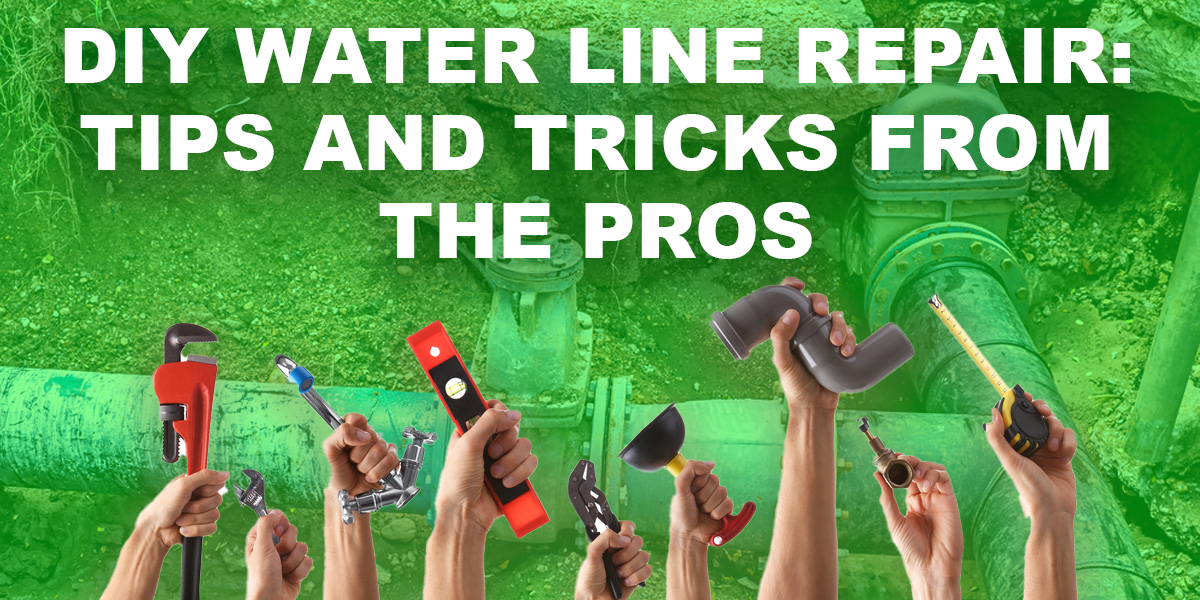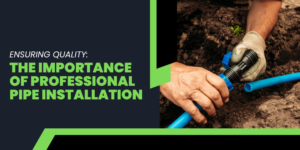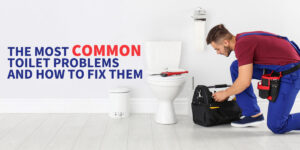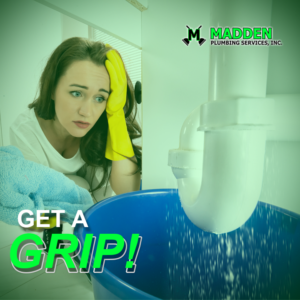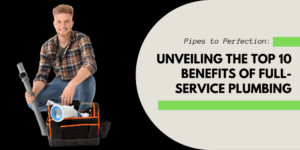DIY Water Line Repair: Tips and Tricks from the Pros
Are you tired of paying high fees for plumbers to fix your water line? Well, you’re not alone! Many homeowners find that DIY water line repair can save them money. However, tackling such a job can be daunting, especially if you need to gain experience with plumbing. Water line installation and repair can be costly and time-consuming, but you can handle the job and save money with the proper knowledge and tools. We have prepared our comprehensive guide to provide you with all the necessary information to successfully repair your water line, even if you have little to no experience with plumbing.
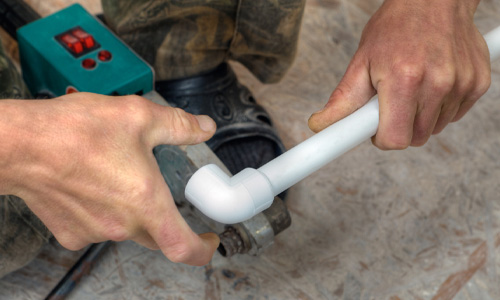
Water Lines Installation
Before we dive into water line repair, it’s essential to understand the basics of water line installation. The installation involves running pipes through your home’s walls, floors, and ceilings to connect to fixtures like sinks, toilets, and showers.
Consider these guidelines while setting up water lines:
Plan your layout
Proper planning is essential when installing water lines. Create an efficient, cost-effective design that meets local building codes.
Choose suitable materials
Various materials, including copper, PEX, and PVC, can make water lines. Consider the pros and cons of each material before making a decision.
Follow local codes
Obey local building codes when installing water lines to avoid penalties and legal consequences and protect your loved ones’ health and safety.
Test your system before use
Once you’ve installed your water lines, thoroughly test them. It can help you catch any issues early on and prevent more severe problems from occurring.
Consider a water pressure regulator
Installing a water press and regulator can help protect your plumbing system from damage caused by high water pressure. Be sure to choose a regulator rated for your system’s flow rate and pressure.
Use a tubing cutter for precision cuts
When installing pipes or tubing, use a tubing cutter instead of a saw or other tool. It can help you make cleaner, more precise cuts that will fit together more securely.
Label your pipes
Label your tubes clearly and accurately once your installation is complete. It can help you troubleshoot issues more efficiently and prevent any confusion.
Seek professional help if needed
If you require further explanation regarding any aspect of your water line installation, do not hesitate to seek assistance from a professional. A licensed plumber or contractor can guide you and ensure your facility is safe and up to code.
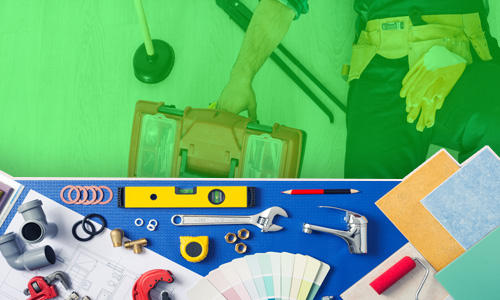
Water Lines Repair
Water line repair can be daunting, but with the right tools and knowledge, you can save time and money by doing it yourself. Here are some valuable tips and tricks to help you begin:
Locate the problem
The first step in repairing a water line is to locate the problem. Look for signs of leaks, such as water stains or puddles, low water pressure, or unusual noises coming from your pipes.
Turn off the water
Before repairing your water line, turn off the main water valve to your home. It will prevent further damage and ensure your safety while working on the pipes.
Gather the right tools
The tools you’ll need for a water line repair will depend on the type of repair you’re doing. Some standard tools include a pipe cutter, wrenches, a soldering kit, and a PEX crimp tool.
Use suitable materials
Just like with installation, using the right materials is crucial when repairing water lines. Use the correct size and type of pipes, fittings, and sealants for your specific repair.
Be bold and call a professional
If you’re uncomfortable repairing a water line, feel free to call a professional plumber. Attempting a repair without the proper knowledge and tools can cause further damage and lead to more expensive repairs.
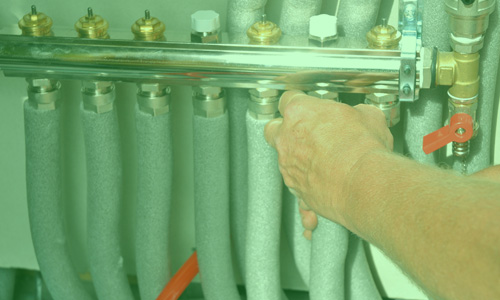
Advanced Tips and Tricks
For those looking to take their water line repair skills to the next level, here are some advanced tips and tricks from the pros:
Use SharkBite fittings
SharkBite fittings are a type of push-to-connect fitting that can make water line repairs quick and easy. You can use them with various pipe materials; they don’t require soldering or crimping.
Consider a whole-house filtration system
Installing a whole-house water filtration system can help remove contaminants and improve the overall quality of your water. Utilizing it may safeguard your plumbing and appliances against harm resulting from hard water or other contaminants. It can also provide you and your family with safer drinking water.
Insulate your pipes
Insulating them can help prevent them from freezing and bursting in cold weather. It can also improve the efficiency of your plumbing system by reducing heat loss from hot water pipes.
Use a water pressure gauge
A water pressure gauge can help you monitor your water system’s pressure and detect any issues before they become significant problems. Maintaining a safe water pressure level is crucial, as high pressure can gradually harm your pipes and fixtures.
Regularly inspect your water lines
Regular inspections can help you catch any potential problems before they become significant. Look for signs of leaks, rust, or corrosion, and replace any damaged pipes or fittings as needed.
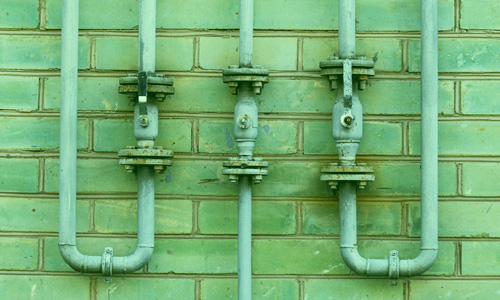
Mastering Water Line Repairs: Pro Tips!
To sum it up, repairing water lines can be challenging and time-consuming, but with the right tools and materials, it’s possible to make successful repairs. Identifying the issue, having the right tools and materials, and knowing when to call in the professionals are all essential components of DIY water line repair. By taking the time to maintain your plumbing system, you can prevent future water line issues and ensure your home’s plumbing system is functioning correctly.
